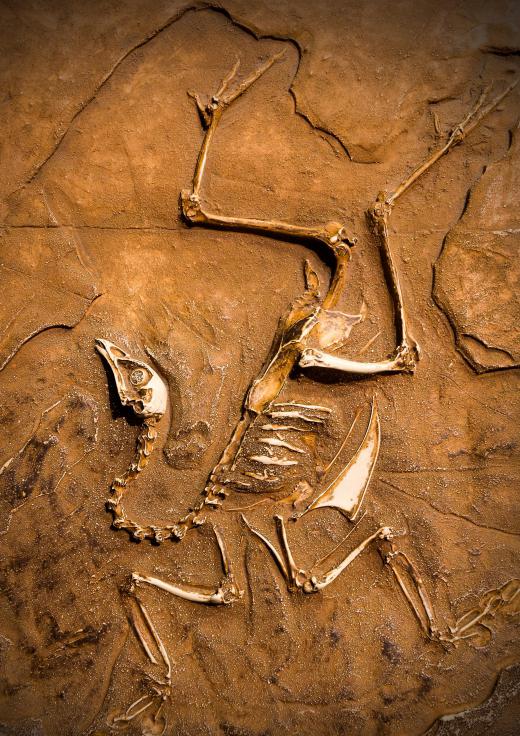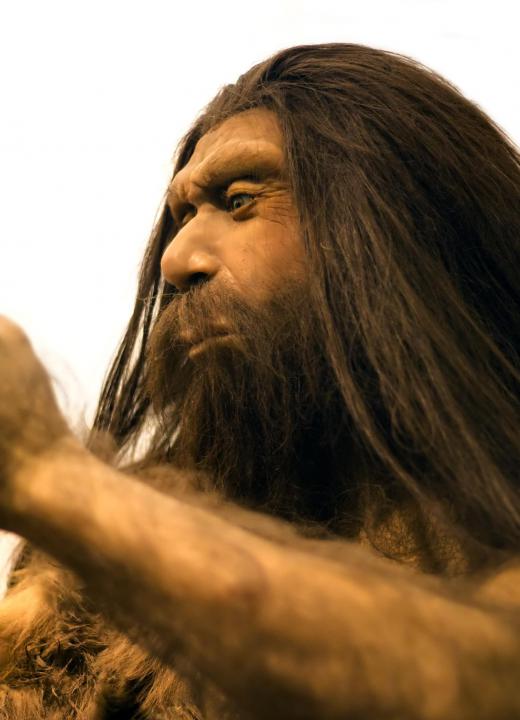What is Evolutionary Biology?
 Michael Anissimov
Michael Anissimov
Evolutionary biology is an integral part of biology in general -- the study and theory of evolution in organisms. More than just a subfield, one might view this field as the lens through which all of biology should be viewed, creationists notwithstanding. Evolutionary biology concerns itself with the origin of species through genetic variation and natural selection as well as the shared descent of species from common ancestors.
Though biology informed by Darwinian theory dates back to Darwin's publication of On the Origin of Species in 1859, modern evolutionary biology only emerged from the modern evolutionary synthesis in the 1930s and 1940s, and it wasn't until the 1970s and 1980s that universities began to create departments with the term "evolutionary biology" as part of their titles. The tremendous amount of fossil knowledge uncovered in the early and mid 20th century made it possible to easily trace the evolution of many organisms over time.

One topic that is popular in evolutionary biology is trying to find out when certain adaptive features first emerged, and how many times they evolved in independent lineages. For instance, evolutionary biologists have determined that shells have evolved in at least 18 lineages, the eye only evolved once, flight has evolved four distinct times (insects, pterosaurs, birds, and bats), gliding has evolved on dozens of occasions, an internal skeleton evolved independently only once, and camouflage has evolved hundreds if not thousands of times. The more structurally complex a given adaptation is, the more rarely it has evolved independently.

Evolutionary biology seeks to trace the ancestry of modern organisms as far back as possible, seeing how they developed from sometimes less sophisticated progenitors. For instance, all modern-day mammals are thought to have evolved from a minor group of Mesozoic tetrapods called the therapsids. These animals lived all the way through the Age of the Dinosaurs, a full 180 million years. If they hadn't, then modern-day mammals wouldn't exist. A major breakthrough in evolutionary biology came when the consensus emerged, supported by fossil evidence, that modern birds had evolved from dinosaurs.

Another task of evolutionary biologists is to solve long-standing evolutionary enigmas, for instance, the ancestry of modern-day amphibians and turtles. There is currently uncertainty about which ancient amphibian group gave rise to modern amphibians, and whether turtles derive from more recent reptiles or whether they split from reptiles soon after the group evolved.
AS FEATURED ON:
AS FEATURED ON:















Discussion Comments
From what I know about evolutionary biology, butterflies offer one of the best examples of parallel evolution. Many of the wing patterns and colors are shared between different species of butterfly. I think there are also a number of extinct animals that share similarities with animals still roaming the earth today. In some of these cases, I think that the species still alive evolved separately from the extinct species, but shared things like body types and features.
Ecology and evolutionary biology are so cool. I was always interested in lectures about things like convergent and parallel evolution. It is so crazy that two species form opposite parts of the world will evolve with similar features, or that similar species will develop similar traits in completely different habitats.
The only examples of convergent evolution I know about are the case of echidnas, hedgehogs, and tenrecs. The animals developed similar quill structures even though they live in different parts of the planet and are completely different species.
The only examples of parallel evolution that I know of are the parallel evolution of placental and marsupial animals. These animals evolved together in similar climates before the continents split a few hundred years ago. In the old world, placental animals become the dominant mammal, but in Australia, placental animals ruled. Does anyone have any other examples of parallel or convergent evolution?
Post your comments